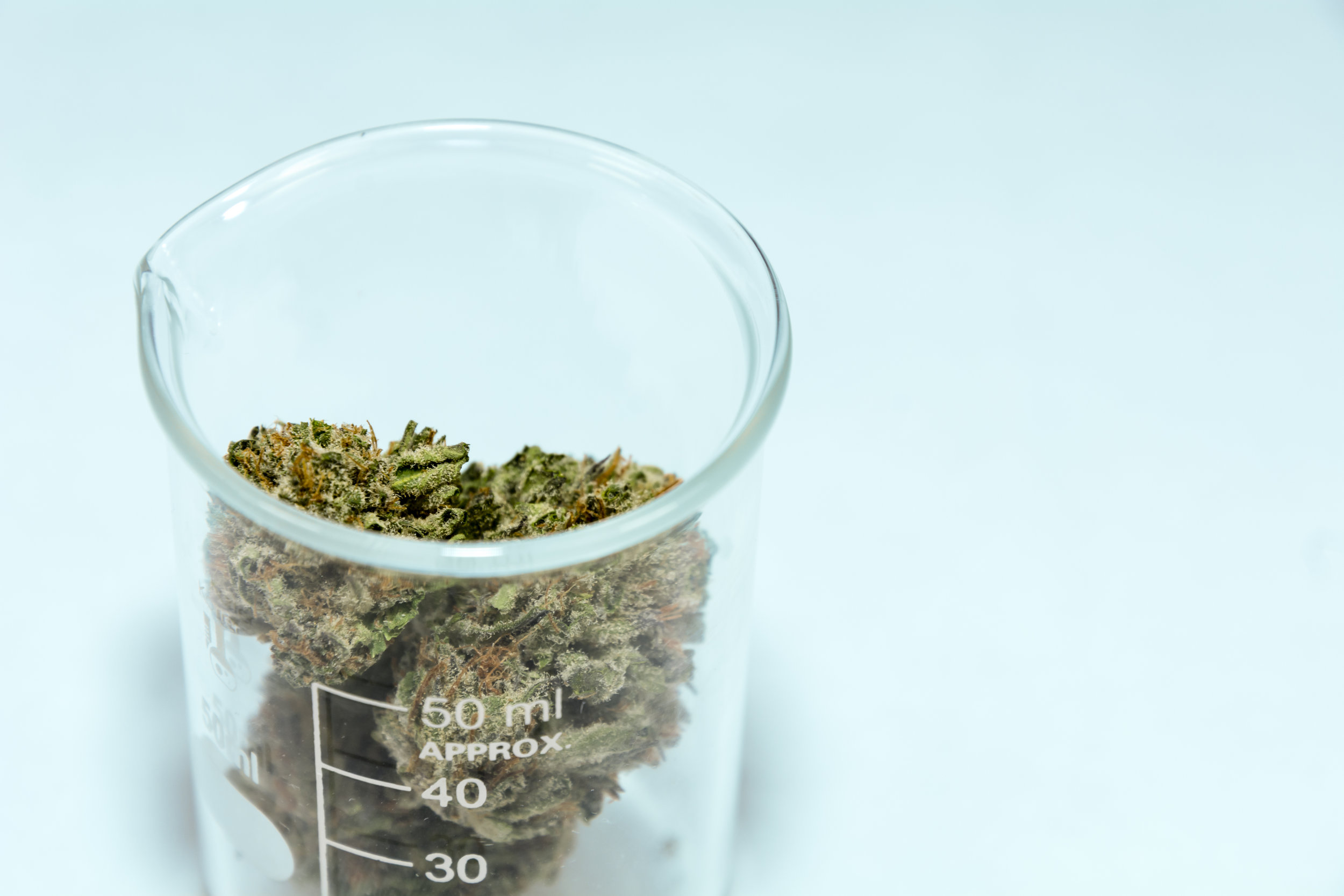A Question of Quality | Henry Fisher
“I just want to get some good quality weed.”
This is the demand on every Canadian cannabis consumer’s lips at the moment, and one that will remain a chief concern when the adult use market goes legal this summer. Licensed Producers have responded to consumers’ fears, saying that their produce will be the finest available, and pointing to the stringent quality assurance rules laid out by Health Canada.
Activists have been vocally sceptical that LPs will produce better quality cannabis than that which is currently available in black market dispensaries. However, this criticism is just as much motivated by distain for what some perceive as a government handover of the market to big business and incredulity that new companies can grow better cannabis than seasoned black market growers, rather than a measured critique of the genuine products. This problem rests around different understandings of the concept of ‘good quality’.
This confusion was neatly summed up by Dr Jon Page, CEO of Anandia Labs, during our recent trip to Vancouver. “There is a lot of misunderstanding about what quality cannabis means. To many in the cannabis community, quality means pristine buds with amazing aroma and a good high. To the regulators at Health Canada, quality means cannabis that is hygienically grown and free of contaminants. The situation is not entirely binary, and both parts of the system are learning, but it will take time.”
The cannabis that is currently supplied in dispensaries has undergone no mandated quality assurance.
All customers have to rely on is the word of their budtender when it comes to THC and CBD content and consistency, presence of microbes and pesticides, and other concerns Health Canada regulators would have regarding the ’quality’ of the products. Dispensaries do, however, cater for discerning clients by allowing them to smell and closely inspect the cannabis on offer, while bud tenders may offer their own subjective opinions of the products, allowing customers to reach their own conclusions about quality. Such interactive experiences will not be possible in the legal market, where strict packaging restrictions will prevent customers from smelling or inspecting cannabis before they buy it.
This is a challenge for both the industry, who want to signal the quality of their products, as cannabis consumers understand the term, and government, which will struggle to impact adequately on the black market if the doubts are allowed to remain over the calibre of legal cannabis products.
LPs seems largely confident that careful branding can win over hearts and minds of consumers, but with restrictions on packaging and marketing set to be tight, there will be limitations over how much differentiation will be possible with branding alone. If a race to the bottom is to be prevented, with price becoming the primary differentiating factor, LPs will need tools at their disposal for differentiating their brands, both from each other and from the black market.
This is where the two differing concepts of quality have a chance to coincide. While independent lab based quality assurance testing is currently focussed on ensuring LPs’ products fall within Health Canada’s stated limits, labs delivering quality assurance testing have a golden opportunity to add value both to their own testing procedures and to the products they test. Consumers want information that they can trust about what’s in the cannabis they’re buying, and testing labs have the ability to provide it, with the agreement of LPs. Opportunities exist to provide information that far exceeds Health Canada’s stipulations on contamination and consistency of THC and CBD contents, while many consumers will be keen to learn about terpene and minor cannabinoid content of their products.
Health Canada has set the baseline for quality of legally produced cannabis, but for brands seeking to differentiate themselves with what consumers understand to be high quality products, there is a place for third parties to fill that information gap. This could be either with detailed information on the contents of cannabis, or more broadly with the establishment of quality standards that raise the bar above that already set by Health Canada.
Independent quality standards and accreditation focussing on manufacturing practice and corporate responsibility have already been proposed, with NICHE’s offering of CannabisWise currently a standout contender. But with quality assurance labs so well placed and already required to test produce anyway, there is surely a space for a quality standard that looks specifically at cannabis content. Such a concept may have the useful knock-on effect of increasing standardisation across quality assurance labs as well, as multiple labs offering the same accreditation would be required to conform to the same protocols.
There is an opportunity to be had here for whoever sets new quality assurance standards across the industry, both to influence quality assurance labs, but also LPs themselves, who will want to ensure the claims they make about the quality of their cannabis can be supported. As numbers of LPs swell, and micro cultivation licences allow craft producers to enter the market, consumers will want help navigating the plethora of cannabis products on offer, and seek assurance that what they are buying is ‘good quality’. Quality standards could play a vital role in easing their concerns.
Dr Henry Fisher is a partner at Hanway Associates.
Tweets @_hydrofluoric


